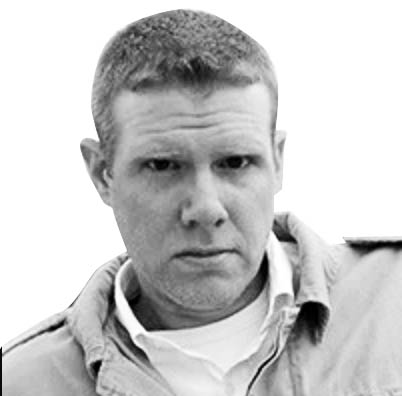World
RAUL ARBOLEDA
Colombia’s Drug-Funded Rebels Are Back in Action Big-Time
WAR WITHOUT END
The nation’s biggest active guerrilla group, the ELN, has carried out more than 100 separate attacks in the last week and its ranks have been growing.

Trending Now





